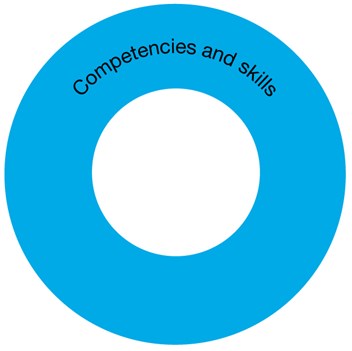Explore content
Typically, by the end of Year 8, students:
Navigate, read and view learning area texts
navigate, read and view a variety of challenging subject-specific texts with a wide range of graphic representations
Listen and respond to learning area texts
listen to extended spoken and audio texts, respond to and interpret stated and implied meanings, and evaluate information and ideas
Interpret and analyse learning area texts
interpret and evaluate information, identify main ideas and supporting evidence, and analyse different perspectives using comprehension strategies
Compose spoken, written, visual and multimodal learning area texts
compose and edit longer sustained learning area texts
Use language to interact with others
use pair, group and class discussions and formal and informal debates as learning tools to explore ideas, test possibilities, compare solutions, rehearse ideas and arguments in preparation for creating texts
Deliver presentations
plan, research, rehearse and deliver presentations on learning area topics, sequencing selected content and multimodal elements for accuracy and their impact on the audience
Use knowledge of text structures
use wide knowledge of the structure and features of learning area texts to comprehend and compose texts, using creative adaptations of text structures and conventions for citing others
Express opinion and point of view
use language to evaluate an object, action or text, and language that is designed to persuade the reader/viewer
Understand learning area vocabulary
use a wide range of new specialist and topic vocabulary to contribute to the specificity, authority and abstraction of texts
Understand how visual elements create meaning
analyse the effects of different visual elements upon the reader/viewer, and how visual texts such as advertisements and informative texts draw on and allude to other texts to enhance meaning



